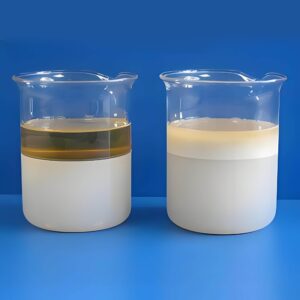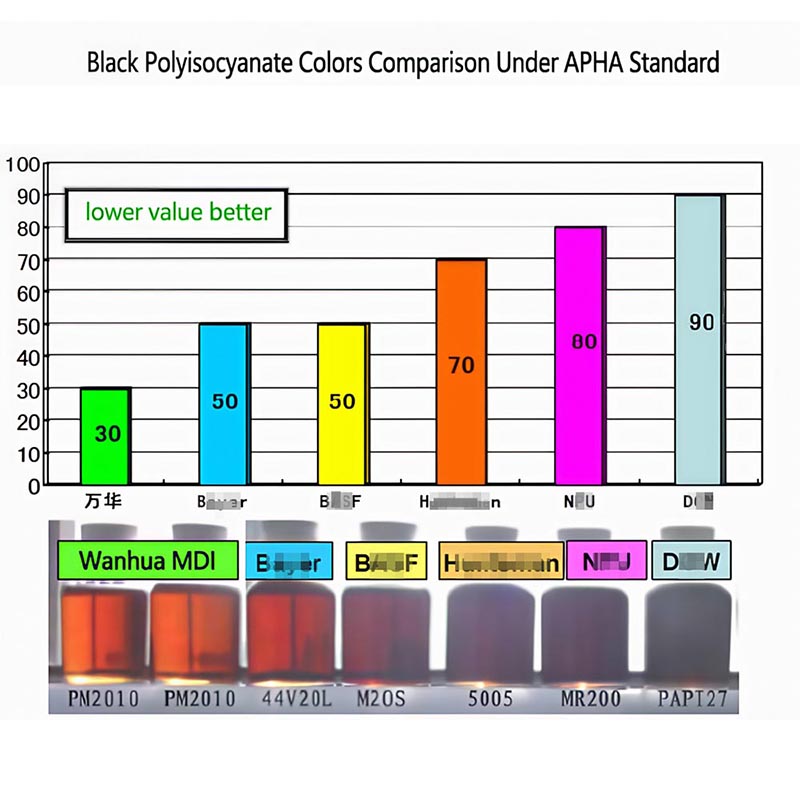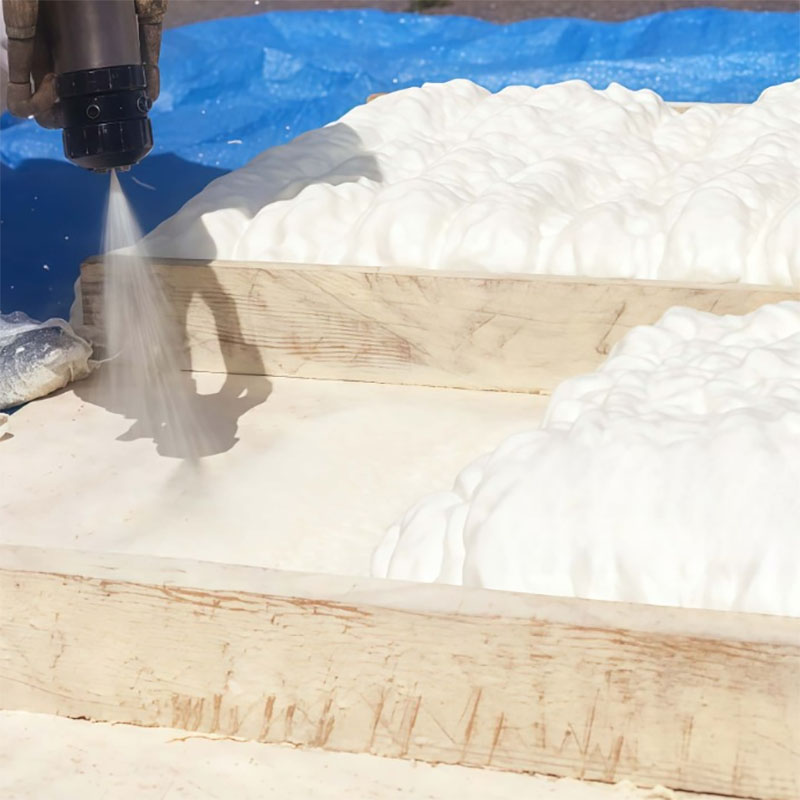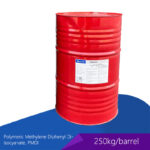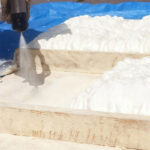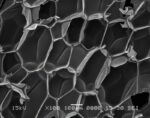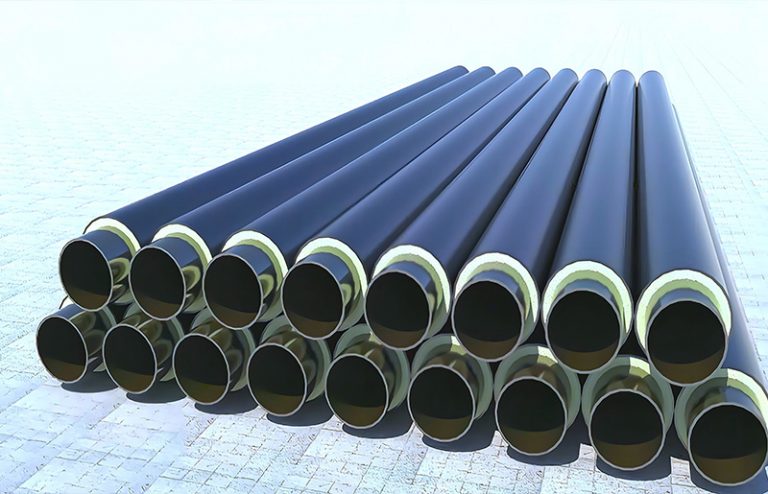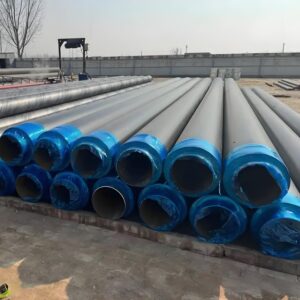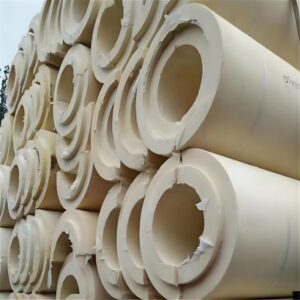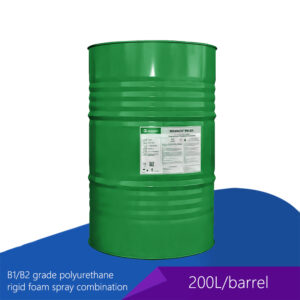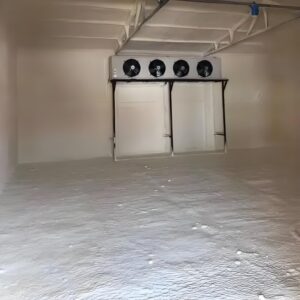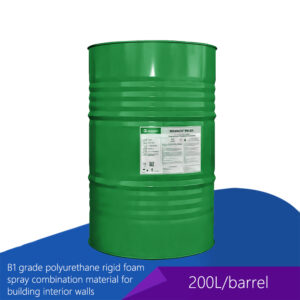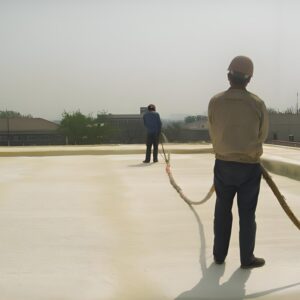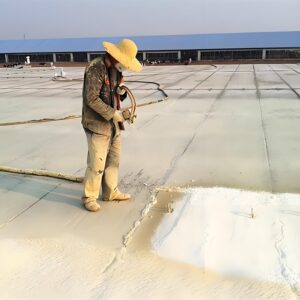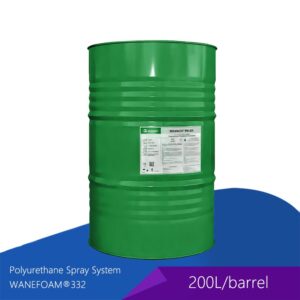PMDI, WANNATE® 2208
WANNATE® 2208 is a dark brown liquid at room temperature, composed of diphenylmethane diisocyanate (MDI) and higher-functionality isocyanate oligomers.
Description
Product Overview
WANNATE® 2208 is a dark brown liquid at room temperature, composed of diphenylmethane diisocyanate (MDI) and higher-functionality isocyanate oligomers.
Application Benefits
PMDI is a high-performance chemical compound widely utilized in various industrial applications. Recognized for its versatility, this robust adhesive is ideal for use in the production of rigid and flexible foams, coatings, and sealants. Its unique composition ensures excellent foam fluidity and mechanical strength.
We are the largest MDI manufacturer supplier in the world. Annual Production Capacity: 3.5 million tons of Polymetric MDI (Black Polyisocyanate). Ultra-High Purity, Proprietary refining process eliminates impurities. Lighter color compared to other manufacturers’s under APHA Standard.
The thermal conductivity of the foam after spraying can be as low as 0.020W/(M·K) and the closed-cell rate >95% (ASTM D6226), effectively blocking thermal bridging and moisture penetration.
Proven Durability:
30-year track record in polyurethane construction applications, 97.6% of treated roofs remain leak-free, 93% retain >99% original R-value (per ASTM C1303 aging tests).
During the construction process, the foam can adhere to the base layer 100%, with an adhesion strength equivalent to a pulling force of 10-ton/m² tensile strength (EN 1607) , perfectly solving the problem of external wall detachment in buildings.
Physicochemical Properties
| Parameter | Specification | Test Standard |
|---|---|---|
| Appearance | Dark brown liquid | Visual inspection |
| Viscosity (25°C) | 150–250 mPa·s | GB 12009.3 |
| -NCO Content | 30.2–32.0% | GB 12009.4 |
| Density (25°C) | 1.22–1.25 g/cm³ | GB 4472 |
| Acidity (as HCl) | ≤0.05% | GB 12009.5 |
| Hydrolyzable Chloride | ≤0.2% | GB 12009.2 |
Storage & Handling
Due to its highly reactive chemical nature, WANNATE® 2208 readily reacts with moisture to form insoluble urea compounds and release carbon dioxide, which may cause drum bulging and increased viscosity. Therefore, containers must be kept strictly dry, tightly sealed, and under a dry nitrogen blanket during storage. If moisture enters the container, avoid airtight sealing. Provide ventilation openings to prevent pressure buildup and rupture.
WANNATE® 2208 should be stored in a well-ventilated indoor area at room temperature (20°C–25°C) under airtight conditions. Lower temperatures will increase viscosity, affecting usability. If stored below 5°C, crystallization may occur—frost protection is essential. If crystallization is observed, the material must be heated immediately to redissolve the crystals, ensuring the temperature does not exceed 70°C.
Critical Notes:
Avoid localized overheating, as decomposition (with gas release) occurs above 230°C.
Recommended method: Use a hot-air oven with a rotating drum mechanism for uniform heating. After heating, mix the material thoroughly to ensure homogeneity.
During drum rotation, inspect support points to prevent abrasion or collisions that could lead to leaks.
Prolonged storage above 50°C must be avoided, as it may form insoluble solids and further increase viscosity.
Shelf Life: 1 year from production date when stored properly.
Safety Handling Instructions for WANNATE® 2208
Toxicity: Low volatility but may cause eye/skin irritation or allergies.
Maximum Allowable Concentration in Air:
TLV: 0.02 ppm (0.2 mg/m³)
0.02 ppm (parts per million by volume)
0.2 mg/m³ (milligrams per cubic meter of air)
Precautionary Measures:
Due to the highly reactive nature of WANNATE® 2208, extreme caution must be exercised during handling.
Operators must wear appropriate personal protective equipment (PPE) including: Chemical-resistant gloves, Safety goggles/face shield, Protective work clothing.
High-Temp Risk: Vapor toxicity increases above 40°C or in poorly ventilated areas (e.g., spray applications). Use respirators and PPE.
Emergency Procedures:
Skin Contact:
Immediately remove contaminated clothing, Wash affected area thoroughly with soap and water. Seek medical attention if irritation persists.
Eye Exposure:
Immediately lift eyelids, Flush continuously with copious amounts of clean water or saline solution for minimum 15 minutes. Obtain immediate medical care.
Inhalation:
Quickly move victim to fresh air, Maintain open airway. Administer oxygen if breathing is difficult.
Initiate CPR if breathing/heart stops, Transport to medical facility immediately.
Ingestion:
Rinse mouth with warm water. DO NOT induce vomiting. If victim is unconscious or convulsing: DO NOT administer anything by mouth.
Seek emergency medical care immediately.
Note: All exposure incidents require professional medical evaluation. Provide Safety Data Sheet to attending physician.
Safety Requirements for Construction Site
Spray Application: Comply with GB50404-2007 (China’s rigid PU insulation engineering standard). Or the relevant standards in your local area.
Designated as a “No Open Flame” Zone. Strictly prohibit all ignition sources (welding, smoking, etc.). Post visible “No Smoking/No Open Flame” signage in work areas.
Maintain fireproof zones with adequate ventilation or mechanical ventilation.
Note: These requirements apply during all phases of polyurethane application and until vapors dissipate below 10% LEL.
Flammability Classification:
NFPA Hazard Rating: Class IIIB Combustible Liquid. This indicator is defined as Substances with flash point >93.3°C (200°F)
Measured MDI Flash Point (ASTM D93 PMCC): 177-227°C
Fire Hazards:
Despite high flash point, MDI remains combustible when exposed to:
Oxygen sources. High temperatures (>230°C decomposition point). Open flames.
Intense fires may cause sealed container explosions. Exothermic reaction with water releases hazardous gases.
Explosion Characteristics:
Limited volatility under normal conditions. Thermal decomposition may reach explosive concentrations. Explosive limits of MDI vapor undetermined.
Combustion Byproducts:
Primary toxic emissions: Isocyanate vapors (respiratory irritants).
Carbon monoxide (CO), Nitrogen oxides (NOx), Carbon dioxide (CO₂).
Firefighting Protocol:
Required PPE for Responders: NIOSH-approved SCBA (positive pressure mode).
Full encapsulating chemical suit. Chemical-resistant boots/gloves. Firefighting helmet with face shield.
Approved Extinguishing Agents:
CO₂ (Class B systems).
Alcohol-resistant foam.
Dry chemical powder (ABC type).
Stay away from low-lying areas where gas (smoke) accumulates; Do not use direct water flow to extinguish the fire to prevent it from spreading.
If there is no other fire extinguishing agent available, a large amount of atomized water can be used for spraying. However, it is important to take care not to expand the area where the spilled MDI is located. The reaction between water and MDI can be extremely vigorous under conditions of high temperature and agitation. Once the fire is extinguished, the spilled MDI should be cleaned up immediately (refer to the handling of leaks and spills). Do not re-seal the contaminated or water-infiltrated containers, as this may lead to an explosion.
Note: These fire safety parameters apply to polymeric MDI formulations with equivalent chemical properties. Always consult product-specific SDS for exact values.
Leak Response
1. Isolate & Secure Area
– Establish 10-meter exclusion zone
– Deploy warning signage/flashing barriers
– Eliminate all ignition sources (de-energize equipment)
2. Personnel Safety
– Evacuate non-essential personnel
– Activate emergency ventilation systems
– Restrict entry to HAZMAT-certified responders only
Spill Mitigation Measures:
For Minor Spills (<1L):
1. Apply inert absorbent (vermiculite/sand) to fully cover spill.
2. Transfer contaminated material to UN-approved open-top container. Label with: “Hazardous Waste – Isocyanate Contaminated.”
3. Treat with 5% ammonium hydroxide solution (1:10 dilution). Neutralized effluent to be processed through chemical wastewater system.
For Major Spills (≥1L):
1. Activate plant emergency response team. Deploy secondary containment booms.
2. Use vacuum transfer systems with explosion-proof motors, Store recovered material in nitrogen-purged containers.
3. Scrub affected surfaces with 5-10% ammonia solution (pH 9-11) .
All waste disposal must adhere to Local hazardous waste management ordinances.
PPE Requirements for Responders:
– Level B HAZMAT suit
– Positive pressure SCBA
– Chemical-resistant gloves (Butyl rubber)
– Safety boots with steel toe/shank
Disclaimer
Specifications are based on current technical knowledge. Users must verify suitability for intended applications. We assume no liability for indirect losses from downstream processing.
For full SDS or technical support, contact our customer service.
More Similar Items
The Largest MDI Manufacturer and Polyurethane Raw Material Supplier
Additional information
| Weight | 250 kg |
|---|


